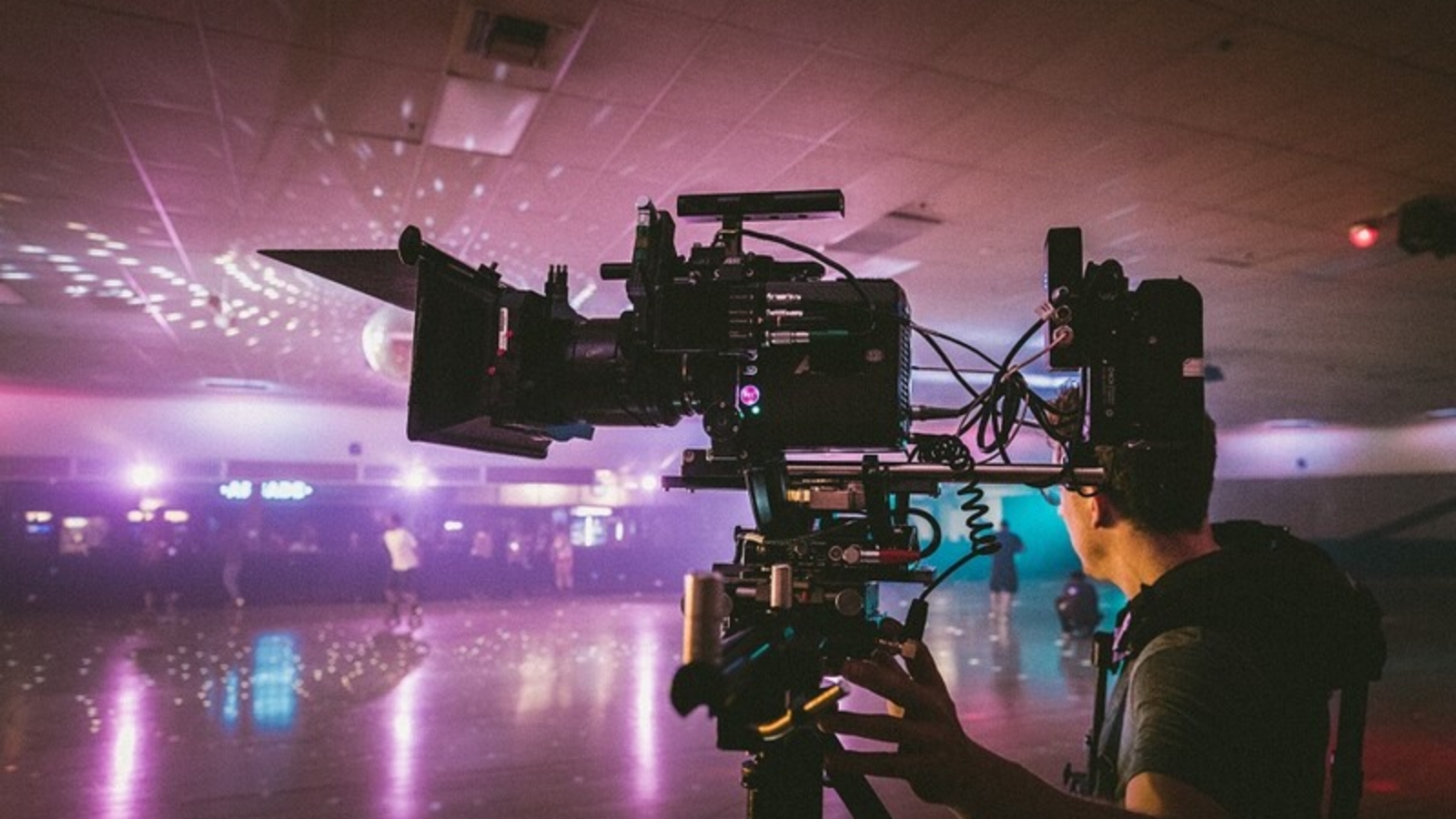A lot has changed this year, and how we produce public relations events has definitely been one of them. If you’re needing an option that helps keep people safe from COVID-19 but still gets your or your client’s message out there, doing it virtually may be a good choice.
In a previous blog we dove into tips for planning an in-person media event during the pandemic, and we certainly have experience there. But we have experience with virtual happenings as well.
We helped with a virtual kick-off event during this year’s pandemic, and we want to share with you some of the wisdom we have gained from these experiences.
Keep in mind that we would also use many of these planning tips when helping our clients prepare for and execute virtual meetings, conferences and other online events.
PLANNING
- Media advisories or invitations should include all the details your guests will need to be able to tune in and learn about your story or what will be happening. This includes any links, times for the event as well as any additional times for question and answer sessions.
- You may need separate video conferencing links so viewers can attend question and answer sessions and ask questions of those experts or officials involved in the event.
- It’s a good idea to require RSVPs through an email address in the invitation or advisory. This way you know how many people will be streaming the event and how many will be attending the question and answer sessions. This can give you a good idea of who to check in with after the event about their experience and about when the media will be publishing or airing their pieces. It will also give you a head count so you can let your event speakers know how many people may be asking questions at the question and answer sessions.
VENUE
- It may not be an in-person public relations event, but you’ll still need to book a venue if your company doesn’t already have the space to do this. The amount of space you will need depends on how many speakers will be featured and how much equipment will be needed. If this is a large event with many speakers, you may need a venue with a stage and enough space for staff, microphones, chairs, cameras and livestreaming equipment.
- Ensure that the venue you have reserved has adequate electrical for your needs. This includes the number of outlets available and finding out if the venue’s electrical system can accommodate the equipment you plan to use.
- Check the square footage of the venue space to make sure that it is large enough to allow for social distancing during set up, production and clean up.
TECHNOLOGY
- Make sure to test run the event prior to the scheduled event time. This could mean testing the live streaming software with your team and testing the hardware that will be used, like cameras, lights and microphones. Leave yourself enough time to fix any hardware or software issues that may arise.
- If you need to rent equipment, make sure you sort out those arrangements ahead of time. If you don’t own the equipment you need, this includes budgeting for rentals, reserving the hardware you need from an equipment rental company and making sure to task someone with picking up and returning the equipment.
- If your company has an IT department, plan to have them on stand-by or have one of them at the venue you are broadcasting from in case you need their help. Otherwise, make sure your plans include having team members at the event who know how to set up, use and take apart the equipment.
Keep an eye out for another blog we will have coming your way about executing a virtual public relations event during COVID-19. Planning is essential, but that’s just the lead up.
Need help planning and producing your next virtual event? Contact us here.
